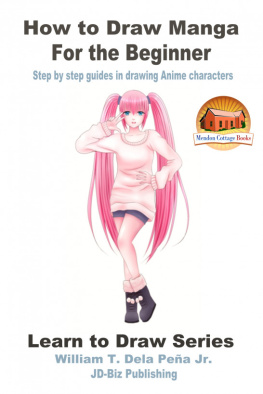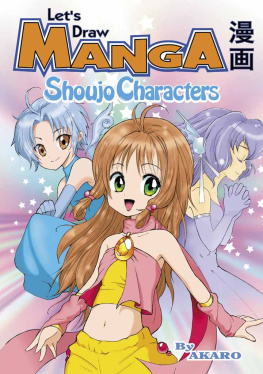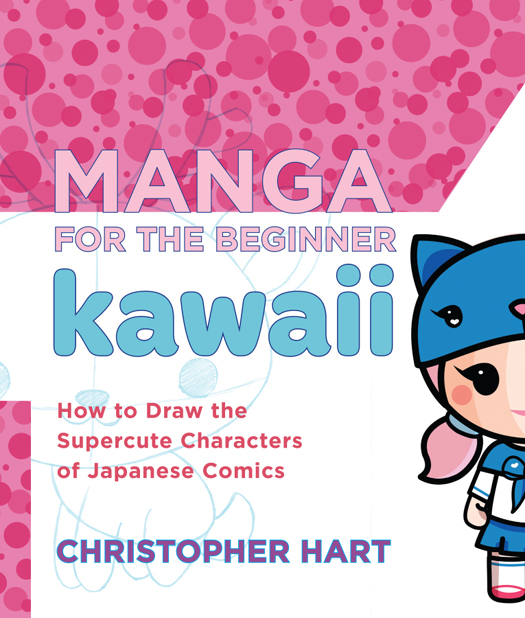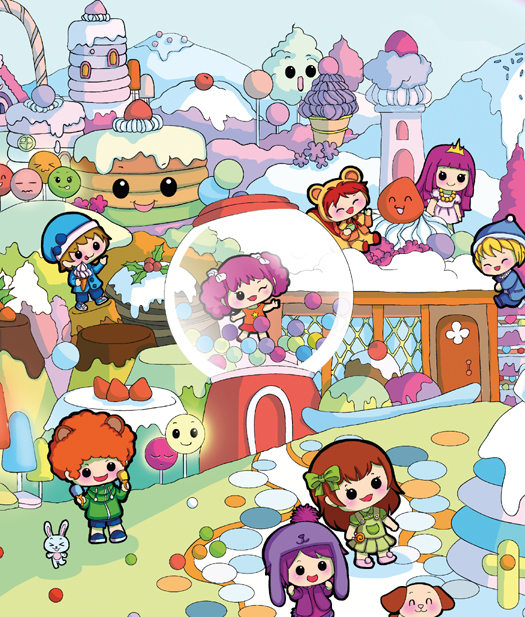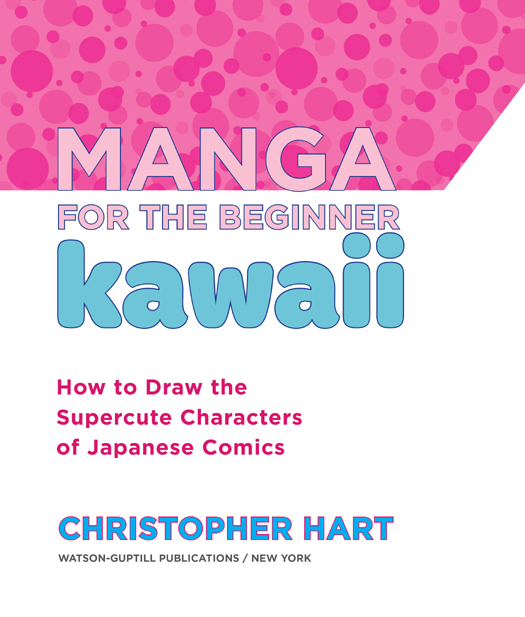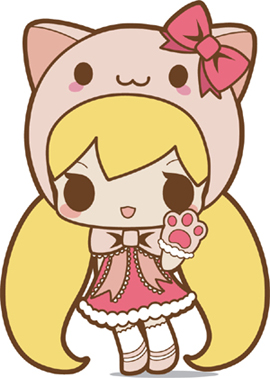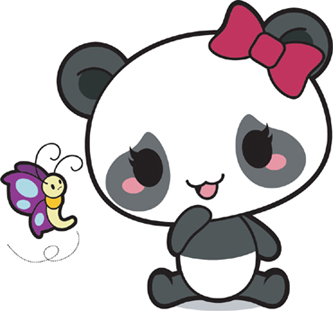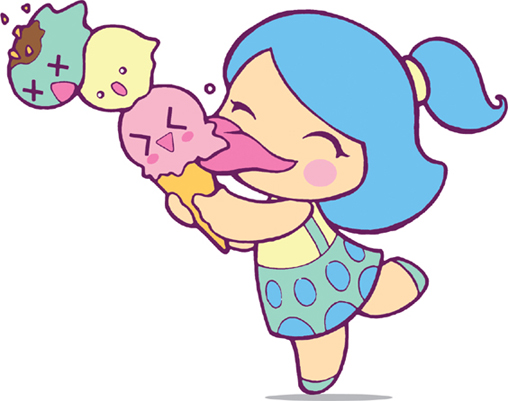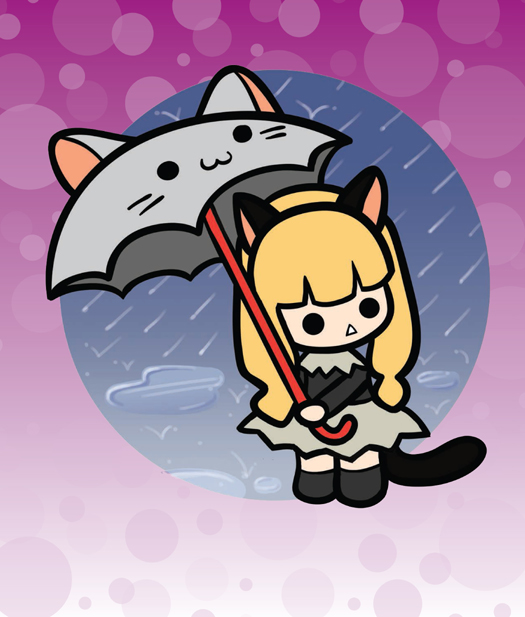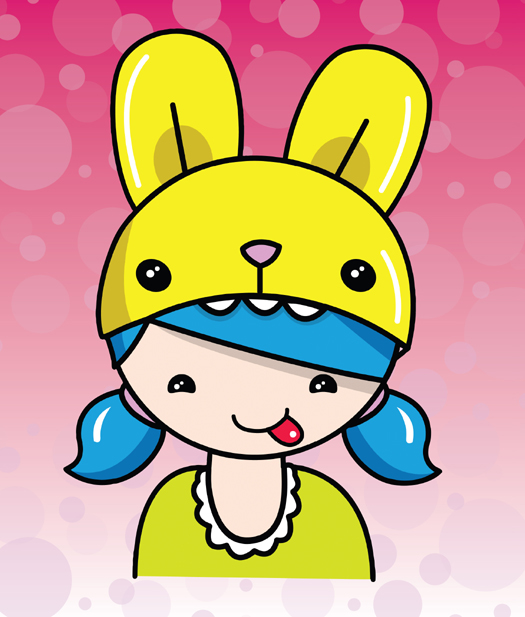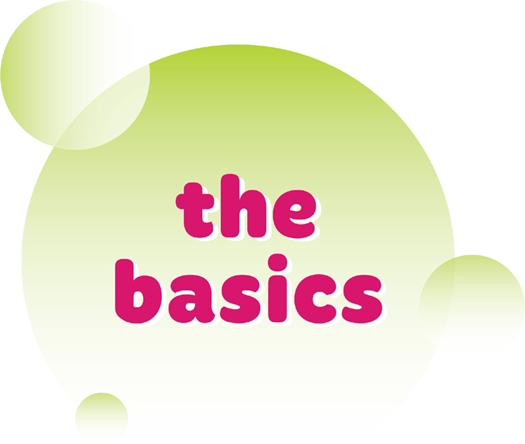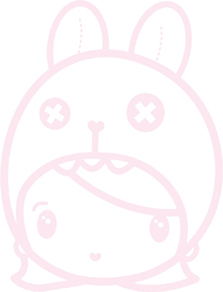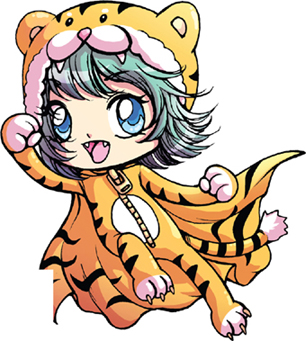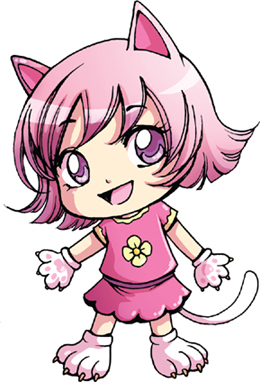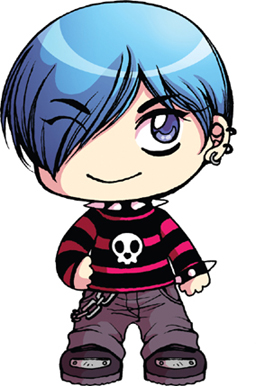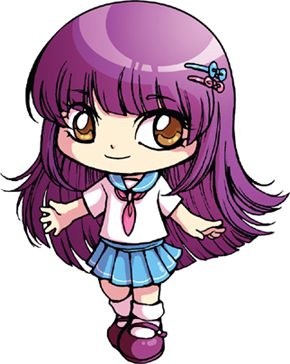Christopher Hart - Manga for the Beginner Kawaii: How to Draw the Supercute Characters of Japanese Comics
Here you can read online Christopher Hart - Manga for the Beginner Kawaii: How to Draw the Supercute Characters of Japanese Comics full text of the book (entire story) in english for free. Download pdf and epub, get meaning, cover and reviews about this ebook. year: 2012, publisher: Watson-Guptill Publications, genre: Art / Computer. Description of the work, (preface) as well as reviews are available. Best literature library LitArk.com created for fans of good reading and offers a wide selection of genres:
Romance novel
Science fiction
Adventure
Detective
Science
History
Home and family
Prose
Art
Politics
Computer
Non-fiction
Religion
Business
Children
Humor
Choose a favorite category and find really read worthwhile books. Enjoy immersion in the world of imagination, feel the emotions of the characters or learn something new for yourself, make an fascinating discovery.

- Book:Manga for the Beginner Kawaii: How to Draw the Supercute Characters of Japanese Comics
- Author:
- Publisher:Watson-Guptill Publications
- Genre:
- Year:2012
- Rating:5 / 5
- Favourites:Add to favourites
- Your mark:
Manga for the Beginner Kawaii: How to Draw the Supercute Characters of Japanese Comics: summary, description and annotation
We offer to read an annotation, description, summary or preface (depends on what the author of the book "Manga for the Beginner Kawaii: How to Draw the Supercute Characters of Japanese Comics" wrote himself). If you haven't found the necessary information about the book — write in the comments, we will try to find it.
Got manga? Christopher Harts got manga, and he wants to share it with all his millions of readers--especially the beginners. With Manga for the Beginner, anyone who can hold a pencil can start drawing great manga characters right away. Using his signature step-by-step style, Hart shows how to draw the basic manga head and body, eyes, bodies, fashion, and more. Then he goes way beyond most beginner titles, exploring dynamic action poses, special effects, light and shading, perspective, popular manga types such as animals, anthros, and shoujo and shounen characters. By the end of this big book, the new artist is ready to draw dramatic story sequences full of movement and life.
From the Trade Paperback edition.
Christopher Hart: author's other books
Who wrote Manga for the Beginner Kawaii: How to Draw the Supercute Characters of Japanese Comics? Find out the surname, the name of the author of the book and a list of all author's works by series.

